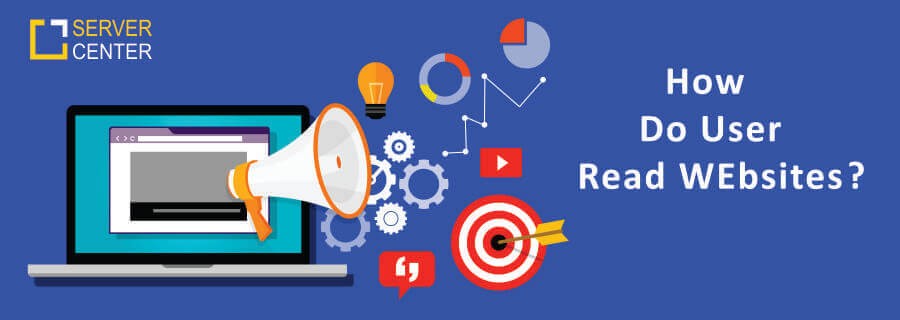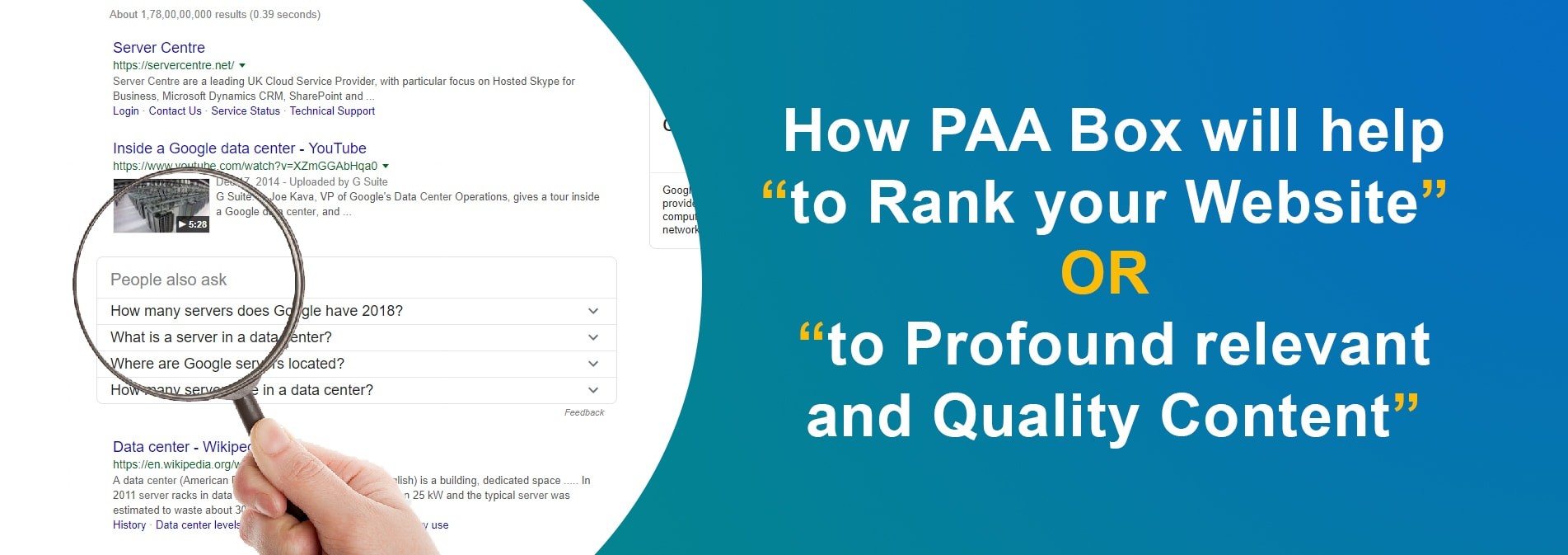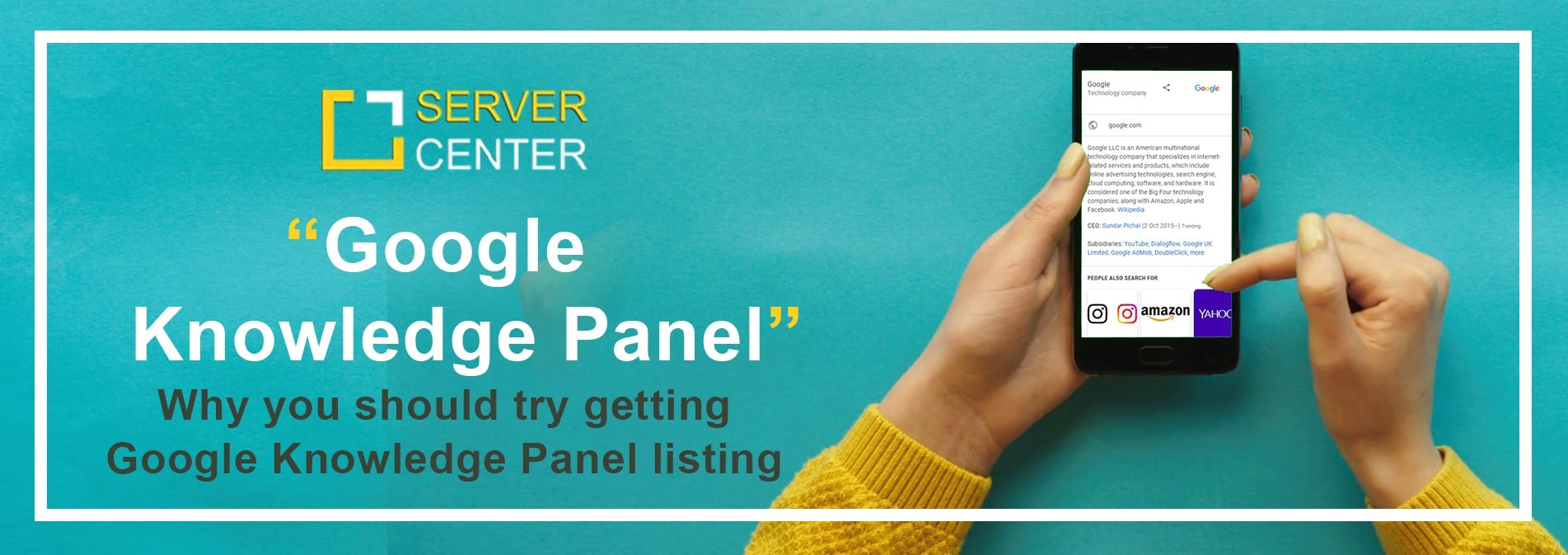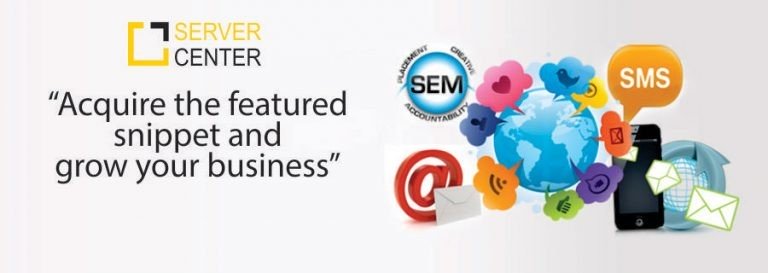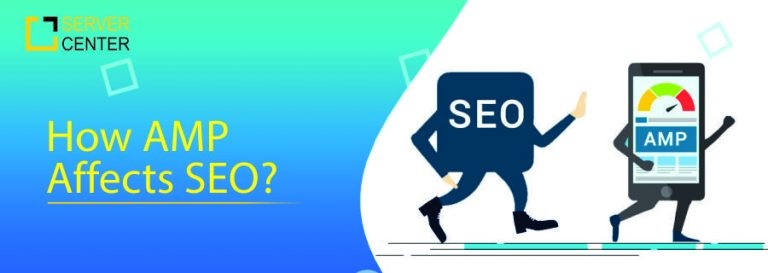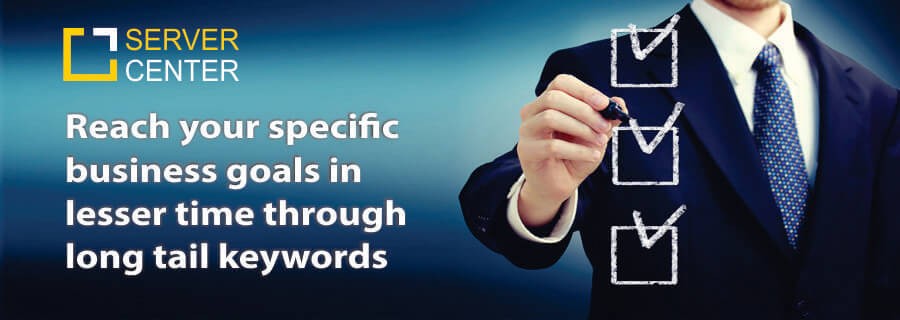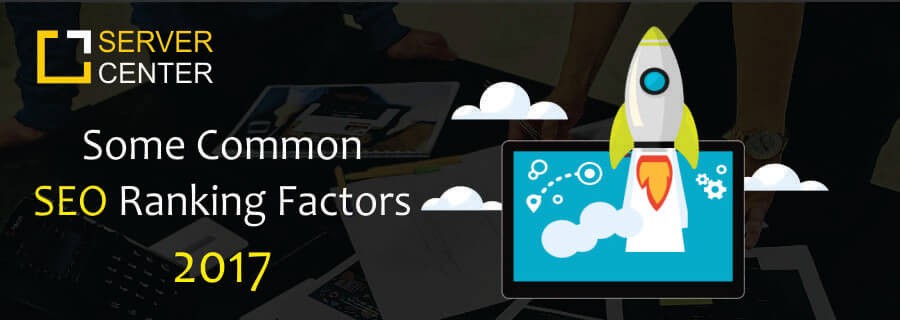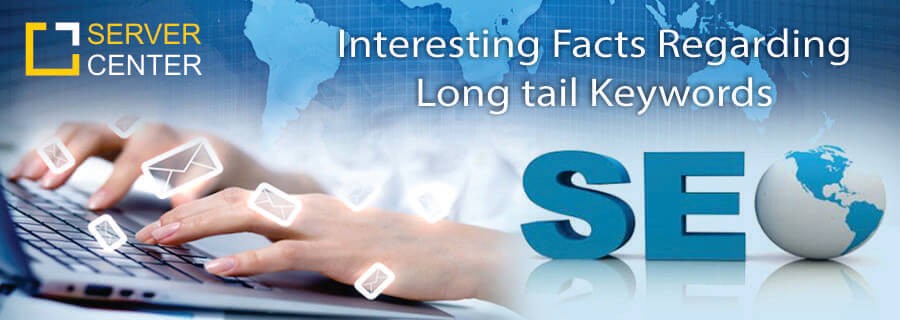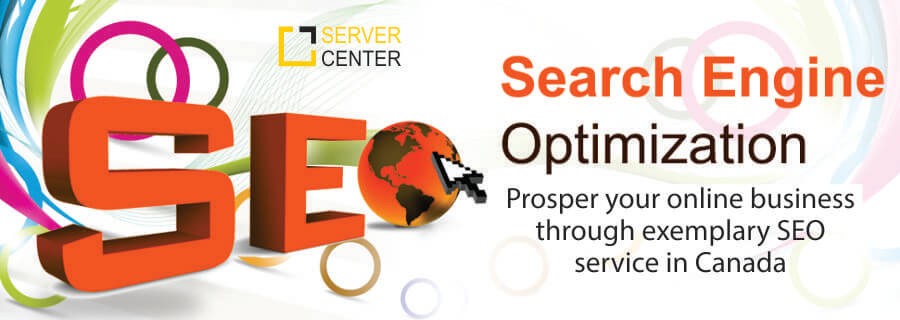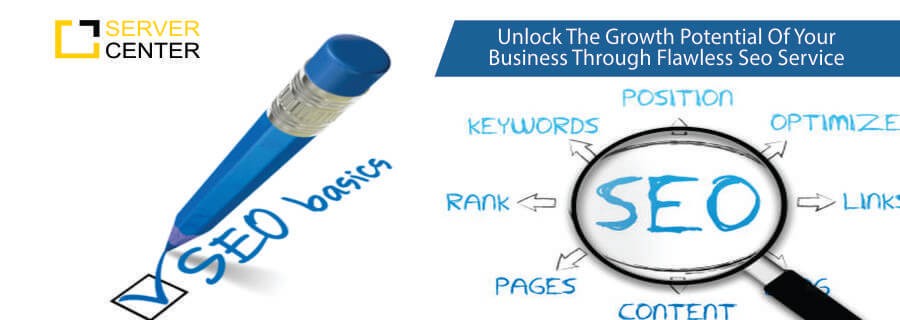Today many companies like Canada Search Engine Optimization offers web designing services for users in such a way as to increase the readability of websites. It is an interesting fact that people read in a different fashion on web when compared to how they read a printed format. In fact, they have more or less a shorter attention span while reading content on web.
Here are some patterns people follow while reading web pages:
1. It Begins with the F-Shaped Format
It is a well-known fact people follow a F-shaped pattern while reading a web content. A user’s behavior concerning reading on the web involves eye movement in a particular pattern. Firstly, they follow a horizontal path mainly over the topmost area of the copy which is also the top bar of F. Then they move down the page to some extent and then continue in a second horizontal path that extends over a smaller area. This portion is the lower bar of F. Now they scan the left side of the copy of a particular page in a vertical fashion. This area is the lower part of F.
As this is a common format followed on the Internet, it would be beneficial to design your website for easy readability.
2. Many People Do Not Read the Entire Content
Unfortunately, many people do not read each and every information given on a certain page – which may necessarily include landing page as well. If your content is too bulky or improperly formatted for the readers in terms of scanning and skimming, they tend to skip the core message you want to convey. In fact, an ideal online reader digests only around 60% of the entire article. For this reason, it would be advisable to write web copy that is short and relevant. Further, you can also split long-form content into easy-to-scan, shorter paragraphs.
3. Dealing with the Concept that Fold is a Myth
Some people think that keeping content below the fold may decrease the conversion rates because nobody would read or click through on the same. Many studies conducted on this aspect have proven it otherwise. In fact, some of the landing pages perform better with a call-to-action button placed below the fold. In real situations, this has nothing to do with the fold, and it is concerned only with the copy provided on a page. If your copy is regarded as of great value to the readers, they would be encouraged to resume reading the copy given below the fold, which may then be followed by clicking on the call-to-action button located below the fold.
4. Scanning Pages More Preferable to Reading them
Though you have spent considerable amount of time to create your copy, the online audience may prefer to just scan whatever you have written. This fact can be attributed to three reasons. Firstly, the readers maybe in a hurry to make a move and save some time. Secondly, they read only what they feel is relevant to their own situation. Thirdly, the readers may be a well-trained group in scanning both pages and print like newspapers, textbooks, etc. available online, that they do it automatically.
To make your web copy readable, the following tips may be followed:➊ Make Your Text Scannable
It is necessary to ensure that your web copy is scannable by including features like highlighted keywords, relevant subheadings, using bulleted lists for grasping information easily, and so on.
➋ Place the Most Important Matter in the Topmost Left Corner
As per many studies, people read web pages in a F-shaped format. In fact, they start from the topmost left corner of a particular page moving along with the top bar of the F-pattern. If you place important details of your content in this area, they would certainly not miss it. Another idea which could be followed in placing the copy is the Gutenberg diagram which splits a particular web page into four quadrants. The topmost left portion is regarded as the primary optical area and the topmost right area would serve as the next commonly looked at region. As the next step, the readers tend to move to the bottom left area otherwise referred to as the ‘weak visual area’, and finally, they end up the eye movement in the bottom right area which is regarded as the terminal area.
➌ Break up the Web Copy and Make the Paragraphs Short
Keeping in mind the fact that the Internet readers are normally interested in scanning through a copy rather than reading it, writing in smaller paragraphs would prove beneficial. In fact, making the copy simple and short would help the reader to digest the information easily and also encourage him to continue with the reading because it would not look bulky at the initial glance. Moreover, the reading does not feel like a chore with smaller paragraphs, instead, it would become more enjoyable.
➍ Writing Catchy Headlines
Most people read the headlines only if they find something interesting in the same. For this reason, you need to place your focus more on formatting your web copy. Headlines are a crucial area where you need to concentrate more owing to the fact that it is here where the attention of the people is first captured. In fact, crafting headlines requires some skills. They need to be relevant to the copy as well as informative. Further, it should initiate an emotional response and draw the readers to the main body copy and create trustworthiness.
➎ Bringing in Novelty
If nothing new is presented, we can easily lose interest in something. This is applicable for web copy as well. By bringing about small changes, you can eliminate the monotony and capture the attention of your audience. For this purpose, you can choose background colors to highlight different kinds of information across the home page.
➏ Including Visuals and Transitions
Moving along with the notion that ‘a picture is worth a thousand words’, including visuals like photos or icons help to decrease the ‘boredom’ of a page which contains only text. They also help to provide information about what the copy is about. Directional cues are another kind of visuals you can employ for this purpose. They help you move from one concept to another by literally making use of pointers.
How to Design a Landing Page to Draw the Attention of the Visitors?
An important aspect about landing page is that it requires a specific goal to work upon. So before designing a landing page, you need to be clear about your goal. Once you are clear with this part, it is wise to decide on a call-to-action. In fact, this should be directly connected to the goal and should be supported by all factors on the landing page, beginning from headlines and copy to overall structure.
While designing a landing page, you can keep the following tips in mind:
a) Simple is Best
Landing pages should be simple when compared to other web designs. This is because they have very specific goals to fulfill, and also, it should not include any extra details that serves as a distraction for the users.
b) Providing Clear and Short Copy
The copy provided should be clear, succinct, and compelling. Here you are not required to show your creative skills. Each sentence given on the landing page should serve a clear purpose which should support the call-to-action.
c) Asking Only for Vital Information
If your landing page contains a form, ensure that it demands only vital information. Anything more than that in the initial stage will discourage the visitors.
d) Various Aspects of Designing
A good landing page design supports the calls-to-action. If the page and design is kept simple, chances are high that it will increase the conversion rates. Further, the landing pages should not contain the normal site navigations. The only links which could be clicked through should be the calls-to-action and may be a link to offer more information to the confused users. Another important aspect is that your landing page should reflect the actual website for the purpose of reinforcing your brand. This can be carried out through graphics, color scheme, choice of font, etc.
e) Paying Attention to the Fold
Landing pages are one particular area where the fold is important. It is important to ensure that your call-to-action is located around the top of the page where the users can click it without the need to scroll.
f) Using Minimal Images and Larger Fonts
The landing pages should contain only one or two images at the most. This helps to prevent the visual clutter on the concerned page which serves as a deviation from the main message and calls-to-action. Bigger font sizes are also a good option for using in landing pages. Further, as per research conducted on this topic, centered, single column landing pages tend to convert the most.
To sum it up, the above-mentioned facts help you to get a basic idea of the reading pattern of people on the web and how to design a web page to cater to this requirement.
 Free Express Shipping
Free Express Shipping



